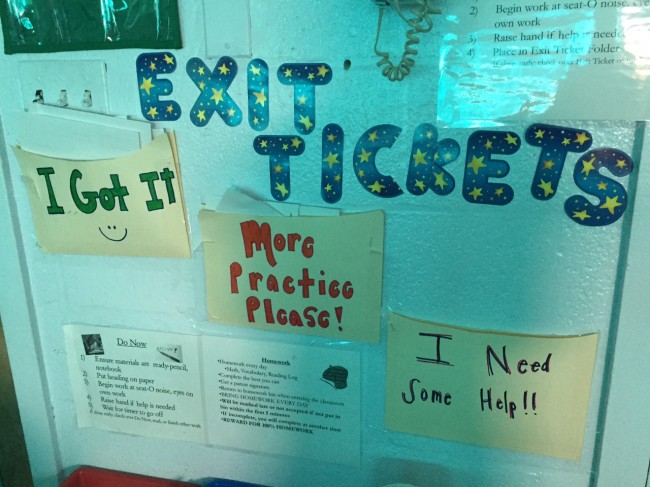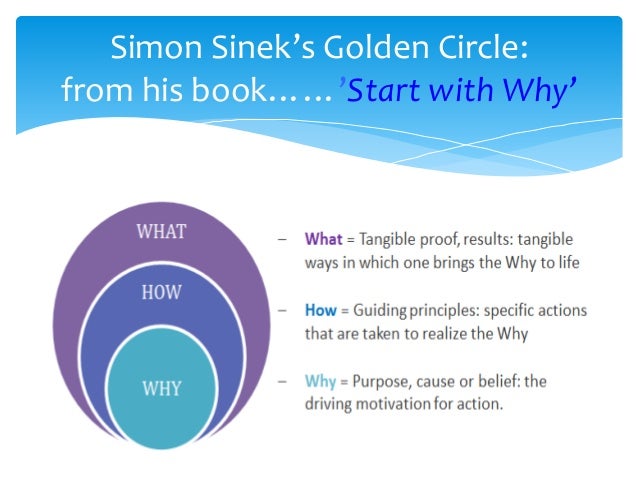Happy Holidays Everyone! This article, taken from kinderconfidential, is a great reminder of the little things worth celebrating. Enjoy!
Everyday Miracles
I was biking home from work today when I passed a group of tourists on the Queensboro bridge. I cross the Queensboro bridge twice a day, which means this year alone I have crossed it 110 times. Usually I zone a bit, consider what I should make for dinner, reflect on the day, curse the incline, feel morally superior to the drivers, and before I know it, it is long behind me.
The tourists were pointing and taking a pictures of something behind me and I thought, “Is something on fire? Was there an accident?” Because why on earth would this group of 4 people, clutching a New York guidebook, be stopped on this blustery, trafficky bridge? I turned as I rode to look, and what did I see?
Nothing.
Well, to clarify, nothing that I have not seen at least 110 times. A view of the city over the river, a fading sun glancing off glass, all framed by the beams of the bridge. It wasn’t until I saw the tourist reaction that I realized the miracle of this thing that I have come to regard as commonplace. And then it struck me, I need to become a tourist in my own life.
Everyday miracles can just become everyday, and nowhere is this more true than in the classroom. Just because I have seen dozens of children learn to zip their coats, does not mean that I shouldn’t feel THIS child’s excitement at doing it for the first time today. Nor, should the many many holiday breaks I have lived through mean I can’t feel the near hysterical anticipation that a child feels because this is her FIFTH Christmas EVER. I think the key to staying vibrant and connected to children is to never stop realizing that you are tourists in their life. To that end, nor should we cease to become tourists in our own.
I am not the first to suggest that wonder is a critical aspect of instruction, there are many many people who write wisely about wonder, curiosity, and joy: Georgia Heard, Kristin Ziemke, Steph Harvey, everything Reggio ever, and I urge you to chase down their work and read it.
I also urge you to go read this post on gratitude, and how talking about the good parts of your day can change your mind, and your life http://www.bakadesuyo.com/2012/08/here-are-the-things-that-are-proven-to-make-y/
Since reading this post, we close out our classroom day with a gratitude circle, but even so I missed the big idea: the best thing is not synonymous with the biggest thing- sometimes it is watching a child learn to zip, loving the lunch you packed for school, or remembering that you love the place where you live.
The best thing that happened to me today was realizing all the little things I had forgotten could be best things.
Happy Holidays!






